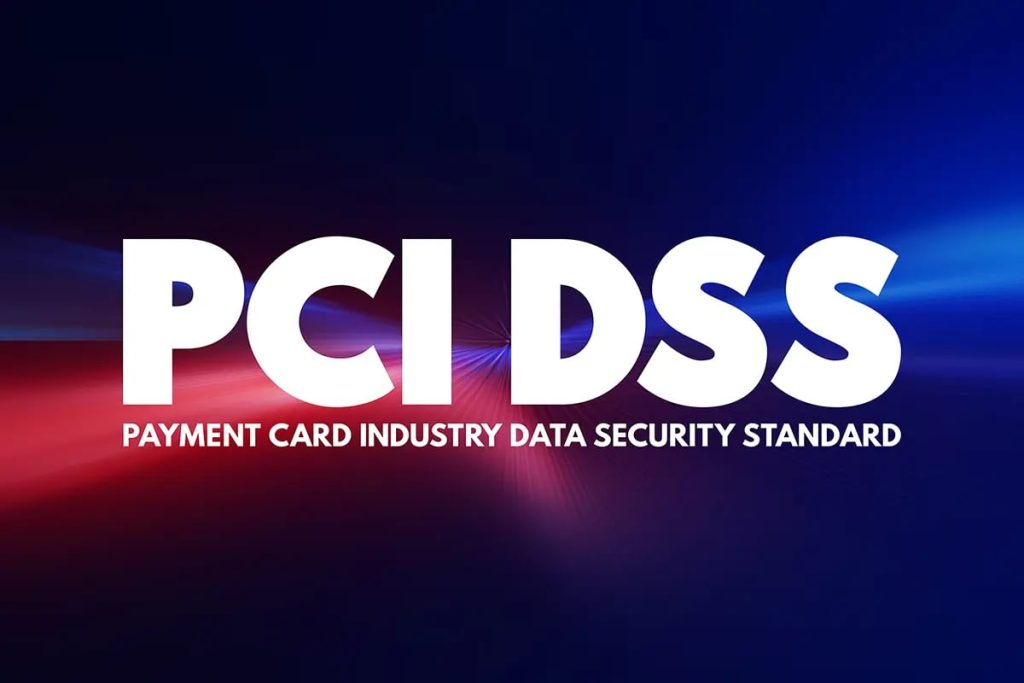
- PCI merchant levels categorize businesses by their transaction volume and type. These levels vary slightly among payment card companies, but most, like Mastercard, define four levels.
- Compliance validation varies by level.
- Data loss prevention (DLP) solutions support PCI DSS compliance by enforcing data handling policies, restricting unauthorized access, encrypting data, and ensuring that only authorized personnel can access sensitive information.
All companies processing credit card payments must comply with the Payment Card Industry Data Security Standard (PCI DSS), which defines four levels of compliance based on the volume and type of transactions processed. The compliance levels determine companies’ actions to demonstrate adherence and protect cardholder data. The Payment Card Industry Security Standards Council (PCI SSC) oversees PCI DSS, which was established by major credit card companies in 2006 to manage and disseminate compliance information.
PCI merchant levels categorize businesses by their transaction volume and type. These levels vary slightly among payment card companies, but most, like Mastercard, define four levels. Level 1 includes merchants processing over six million transactions annually. Level 2 is for those processing between one and six million transactions annually. Level 3 covers merchants with over 20,000, but fewer than one million e-commerce transactions annually, and Level 4 includes all other merchants. The level determines the required compliance validation and reporting procedures.
Compliance validation varies by each of these levels Level 1 merchants must complete a Report on Compliance (ROC) through a Qualified Security Assessor (QSA) or certified Internal Security Assessor (ISA). Level 2 merchants must complete a Self-Assessment Questionnaire (SAQ) with a QSA or ISA. Levels 3 and 4 also complete an SAQ but can opt for an ROC. The assessments ensure that security measures are in place to protect cardholder data.
Data loss prevention (DLP) solutions support PCI DSS compliance by enforcing data handling policies, restricting unauthorized access, encrypting data, and ensuring that only authorized personnel can access sensitive information.


Leave a Reply
You must be logged in to post a comment.